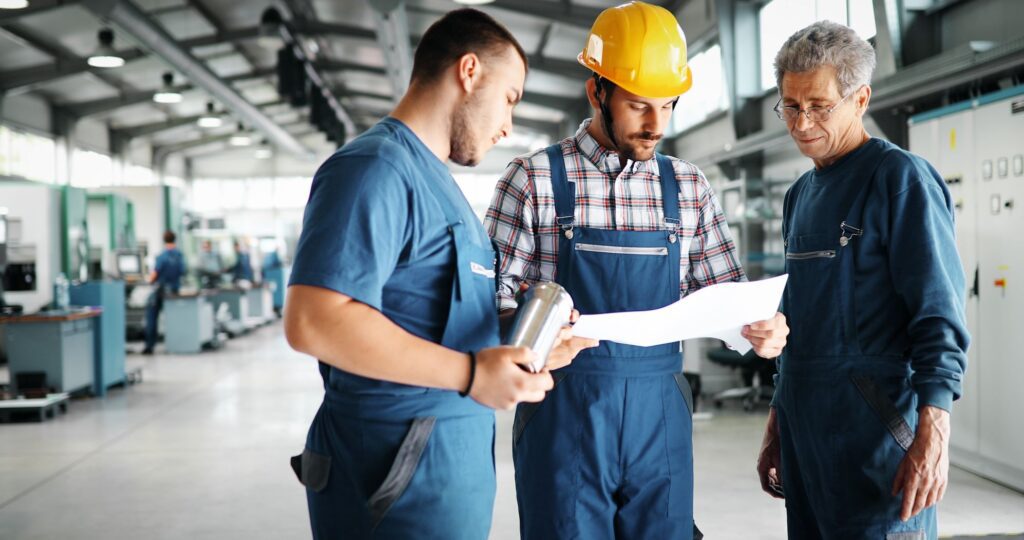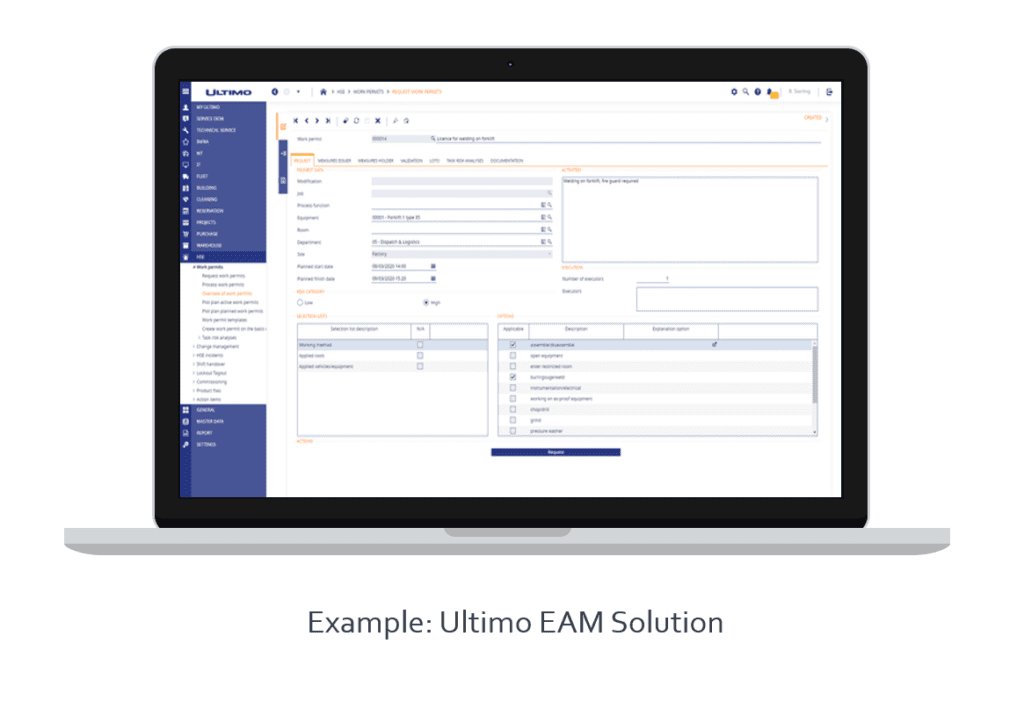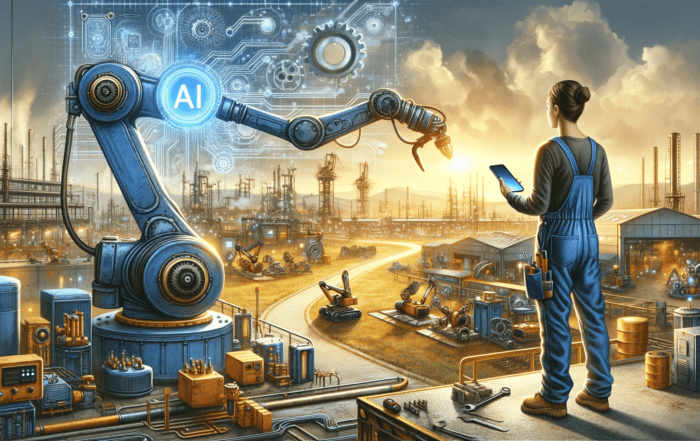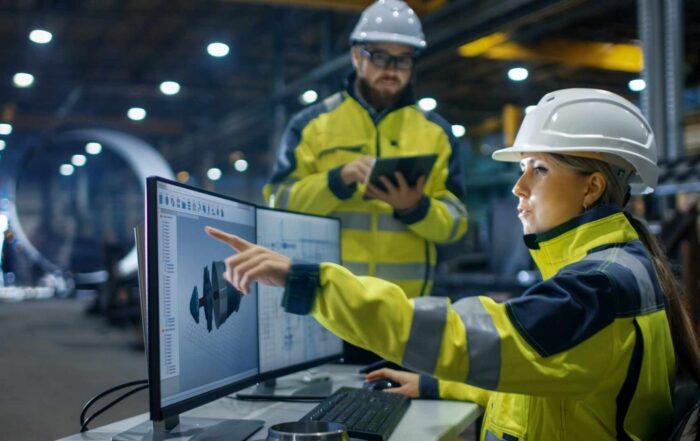Creating a reliability-first culture is a long-drawn process that requires a fundamental mindset shift for an organization from the top-down. It is more than a new software solution or a training program. When not fully embedded into an organization’s culture, the focus and priority on reliability culture can fade over time.
What if it was possible to enable the entire workforce to make failure prevention the organization’s top priority?
That is the goal of enabling a reliability culture.
What is reliability culture?
To understand reliability culture, we must first define reliability. Reliability is defined as the ability of an asset to perform its required function over a specified period when used under its designed operating conditions.
Organizations that focus on reliability see these benefits:
- Assets are more maintainable, reliable, and available when needed
- Assets function optimally as designed and avoid production loss
- Maintenance and operation costs are controllable
- The factory operates to ensure safety and production
Ultimately, the business objective of reliability is to ensure that a business’s bottom line is protected by meeting production (i.e., customer) needs cost-effectively. That means assets have predictable uptime and their costs are under control.
A reliability culture enables a failure prevention mindset to exist across an organization’s entire workforce and goes beyond avoiding the failure of an asset.
Creating a sustainable reliability culture
What does reliability culture look like in action?
Maintenance, operations, and engineering are working together to ensure an asset’s optimal asset care and reliability program. For example, when an asset fails, it is not only repaired and placed back online, but there are additional actions taken to standardize maintenance planning.
For instance, a root cause analysis can be a standard procedure when equipment fails. This will help discover how to avoid a similar failure occurring on the entire site. It can also mean reviewing the maintenance plan in place for equipment and conducting regular reliability checks for particularly critical assets, including FMEA, RCFA, and RCM.
Consider this – as part of the updated maintenance procedures, perhaps production can be charged with conducting light maintenance on the equipment in their work area to uphold a “default” standard, also known as Autonomous Maintenance. To enact this would require unified objectives and standardization across the organization with training on the new maintenance activities.

Reliability-focused practices lead to a mindset shift
As important as setting up processes and procedures is, it is vital that the workforce is educated and trained on reliability-focused practices. This will help to empower a mindset shift in their day-to-day activities that emphasizes failure prevention across every step. This mindset shift leads to a different approach to everyone’s roles and responsibilities.
For example, failure is avoided proactively by reviewing and acting on the information collected by an EAM, which includes data from sensors and monitors. Based on this information, production or the operator can perhaps focus on low-level condition monitoring and alert maintenance of any abnormalities.
Education and training help build a reliable culture
Let’s take an equipment operator’s role as an example. Perhaps they have a predefined list of maintenance tasks primarily conducted on a recurring schedule defined by the maintenance program.
With a reliability-first culture, the operator should feel empowered to go beyond scheduled tasks and proactively monitor their equipment to identify and notify when observing abnormalities, such as the premature wear down of a component or an abnormal electric current. When outside of their scope, maintenance can be urgently flagged down to proactively maintain the asset and make the adjustments necessary to schedule downtime.
A few examples of additional training to enable a reliability culture:
- Conducting a criticality analysis to find the optimal maintenance plan for critical assets
- Maintenance work is planned and scheduled with collaboration between maintenance and operations
- Maintenance and repair processes and procedures are documented on an EAM or CMMS
- In the event of a critical failure, a Root Cause Analysis is conducted to failure events to help develop improvement plans
Education and training will instill the confidence and competence to enact reliability-first principles and change an organization’s culture.
An EAM’s role in enabling reliability culture

A pivotal piece to enabling reliability is using technology to help provide connections between people, processes, and tools. A software solution that organizations use for this purpose is Enterprise Asset Management (EAM), as it functions as a hub to manage and optimize maintenance and repair activities. (Note: some organizations may also use a CMMS or similar maintenance management solution.)
The right EAM can help drive a reliability culture by enabling unity between maintenance and operations. They work as a team to focus on performing the right actions across an asset’s entire life cycle.
These ‘right actions’ are enforced by:
Further, an EAM can help capture granular insights into the performance of a maintenance team by helping to track work processes, interfaces between different departments and quantifying areas of improvement for maintenance initiatives.
For example, an asset’s Mean Time to Repair (MTTR) or Mean Time Between Failure (MTBF) can provide insights into how efficiently maintenance and repair tasks are performed and whether technicians have adequate training.
Many data points can be collected and funneled into an EAM and can then be used to evolve from reactive to more predictive maintenance. You can read more about how to maximize your EAM potential by visiting our previous article.
Leadership – the critical factor in enabling reliability culture
For reliability to be a part of an organization’s culture, everyone (from the top-down) must enact and facilitate reliability, which starts with leadership providing the right messaging, tools, and training. They should give the company’s “North Star” to embed reliability into the organization’s DNA.
Leaders also can enact the right policies and procedures to enable the development and empowerment of their workforce. At the end of the day, the people – the humans – are the most valuable resource for a business, and they should be empowered to improve and learn constantly.
The best way to achieve this is by zooming out and focusing on the long-term mission of enabling reliability at every level of the organization, from operations to maintenance, and implementing the best practices to get there for the long run.
It is not a process that happens without friction or overnight, but it can fundamentally impact your organization, customers, and bottom line.
📰 Download Free Whitepaper About Realizing Organizational Change in Asset Management
Get inspired
The first steps for implementing a risk based inspection program. Discover what types of data to collect and how to go about calculating risk.
The successful implementation of digital technologies, particularly generative AI, demands a structured change process. This involves not just making the technology available but also enabling individuals to acquire and enhance the necessary skills for its use, thus ensuring the technology's full potential is realized through widespread adoption.
A discussion on reliability metrics, specifically on Mean Downtime, or MDT, and how to use this metric to your advantage.




